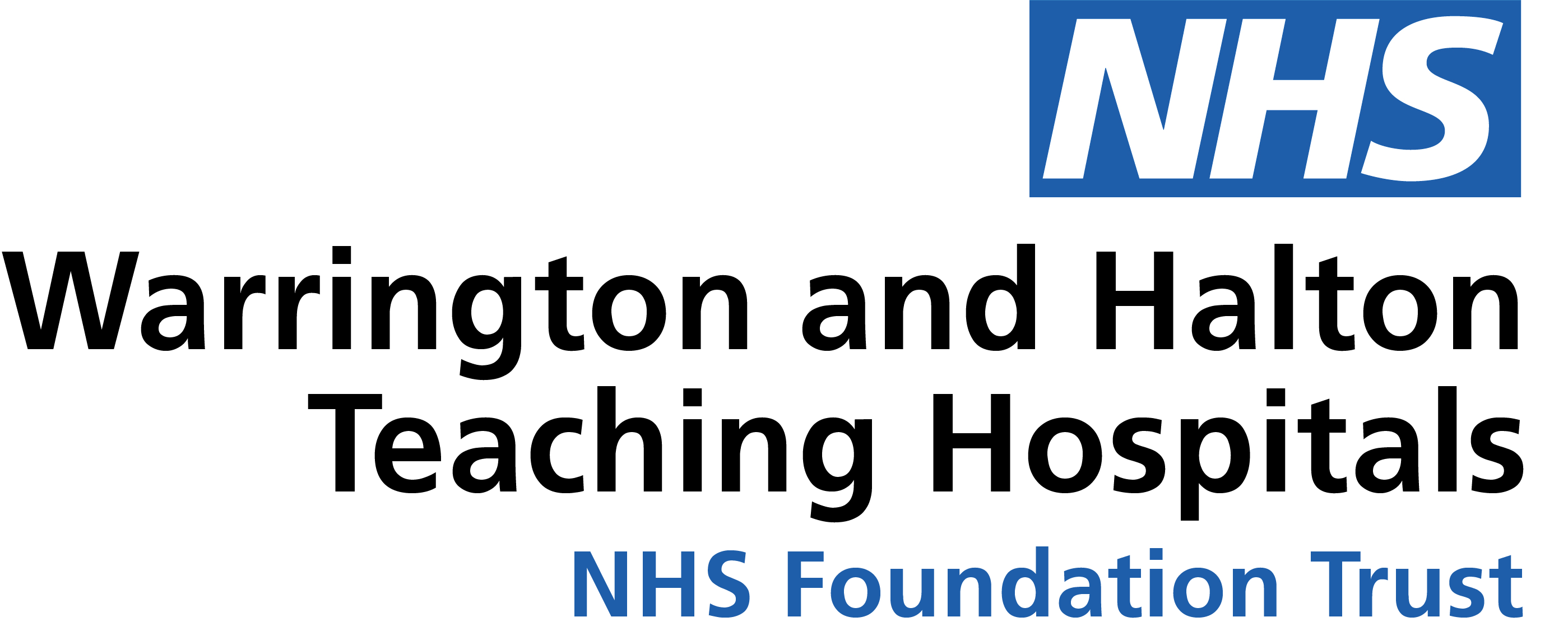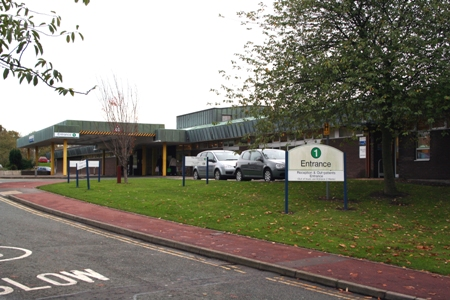Welcome to the Nightingale Building (formerly known as Halton General Hospital)
A range of care for medical and surgical conditions is provided at the Nightingale Building in Runcorn and it houses a mix of inpatient and outpatient services. It provides a fantastic, friendly environment for expert surgical care.
If your surgery is non-complex and does not require a long hospital stay it is likely to be carried out at the Nightingale Building. There are low operation cancellation rates at the hospital as routine surgery is not as threatened by emergency work - which can take priority in larger hospitals. The hospital is home to a Urgent Care Centre (open 8am to 9pm every day) which provides a range of minor emergency care services for local people and the hospital provides x-ray facilities within the Urgent Care Centre from 8am to 9pm. A step down ward at the hospital is designed for patients who have had surgery or emergency medical care but who require some further support before going home. We provide chemotherapy services on site and the hospital is home to the Delamere Macmillan Unit which provides cancer support and advice.
The site is also home to our orthopaedic facility - the The Captain Sir Tom Moore Building (formerly known as the Cheshire and Merseyside NHS Treatment Centre)- a standalone operating and clinical facility for orthopaedic surgery services across our hospitals. You can read more about the centre here.
Located on our Halton site we also have the Halton Education Centre, for room bookings/Enquiries, please email whh.



 The Nightingale Building was developed as part of the development of Halton new town with phase 1 of the hospital opening in September 1976. This included the main outpatient department and services.
The Nightingale Building was developed as part of the development of Halton new town with phase 1 of the hospital opening in September 1976. This included the main outpatient department and services.